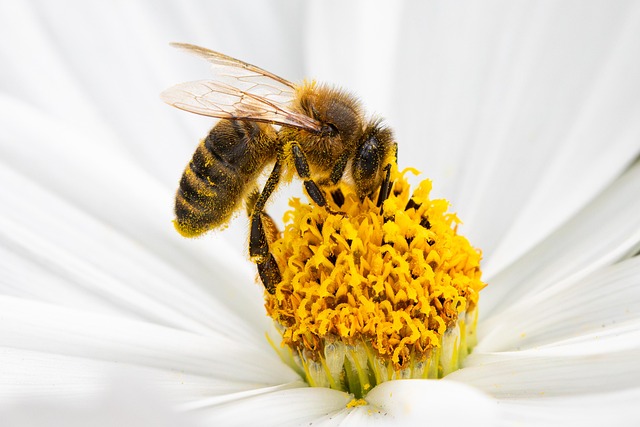July 30, 2023
If there’s a 12-step program that young girls aged 3 to 7 truly need, it might just be “Princesses Anonymous.” “Hi, I’m Mia. I’m 5, and I think Cinderella is super pretty!” “I’m Emma, and I wish the Beast would keep me in his castle!” “I’m Ava, and I hope a prince will kiss me while I’m asleep so we can get married.”
While many parents cringe at the thought of their little girls being enchanted by these fairy tale tropes, as a gay dad, I find myself even more hesitant about my daughter being swept away by these narratives. Without a mother in our home to provide a different perspective, every time she dons a princess costume or shares her crushes from school, I worry she might be drawn into a notion of femininity rooted in antiquated ideals.
Fellow parents, you understand the frustration of these beloved yet problematic stories:
Weak Female Characters
In fairy tales, women often seem to lack agency. Snow White, for example, is constantly fleeing from her evil stepmother while relying on seven strangers for protection. Why can’t she confront her fears or enlist her father’s help instead of running away?
Disturbing Male Figures
Imagine being in a bar and having someone claim to be a wealthy prince who can make carpets fly—awkward, right? Yet, in Aladdin, the Sultan’s daughter not only buys into this cheesy pick-up line but marries the guy even after discovering he’s a fraud! Fairy tales often reward the most dubious of male advances, like the Beast imprisoning a sweet girl only to win her love through coercion.
Looks Take Center Stage
When was the last time you read about an “ugly” princess? Me neither! The emphasis is always on beauty. Just look at Belle, whose name and story revolve around her appearance. And let’s not forget how Cinderella is ashamed of her looks until her fairy godmother transforms her into a vision of glam. The Queen in Snow White doesn’t ponder deep questions; she merely asks, “Who is the fairest of them all?”
Weddings as the Ultimate Happy Ending
It’s natural for young girls to dream of fairy tale weddings, but it’s disheartening that often, that’s the only happy ending available. Cinderella, Ariel, Belle, and more all find joy only in marriage. Don’t these characters ever aspire to pursue their dreams beyond royal unions?
Despite my reservations, I couldn’t eliminate these stories from our home. My daughter loves them, and I didn’t want to be the villain keeping her from magic and adventure. Plus, there are valuable themes within these tales—like the triumph of good over evil and the power of love. So, I opted for a different approach: I decided to rewrite the narratives.
Fueled by my frustration and a desire for change, I created my own rendition of Cinderella. I introduced a character named Lily, a young girl who adores fairy tales, and her sarcastic stepbrother, Max, who points out all the flaws in the story. He asks questions like, “Wouldn’t the glass slipper fit tons of women?” and “How did Cinderella manage to get home without a carriage and only one shoe?” Their witty banter leads them into the tale, where they must resolve the inconsistencies before they can escape.
The result? My book, Lily and the Mischievous Stepbrother Ruins Cinderella. I thoroughly enjoyed the writing process, leading to a happy ending of my own—finding a publisher who wanted to expand the series to include Beauty and the Beast, Aladdin, and Snow White.
In my versions, Snow White doesn’t hide in the woods but instead trains in self-defense and recruits the dwarfs as her protectors. Belle embarks on a quest to seek out the fairy who cursed the Beast, devising a clever test to evaluate his affection beyond her looks. Cinderella chooses to reveal herself to the prince only after the magic of the ball has faded, ensuring his love is genuine.
Ultimately, my princesses are empowered; they don’t wait for rescue nor enter relationships that compromise their independence. They embody the strong, self-assured women I want my daughter to look up to.
Creating the Lily and the Mischievous Stepbrother series allows me to honor the original tales while also presenting a modern perspective. Kids can still revel in the fantasy of fairy tales, but it’s crucial they understand that these old morals and clichés can be challenged and redefined.
For more on family planning and related topics, explore this excellent resource on fertility treatments. And if you’re considering home insemination, check out our blog post on using an artificial insemination kit for a seamless experience.
In summary, it’s time we shift the narrative around fairy tales to empower our children with stories that reflect their potential and independence, rather than centuries-old ideals that can limit their dreams.
